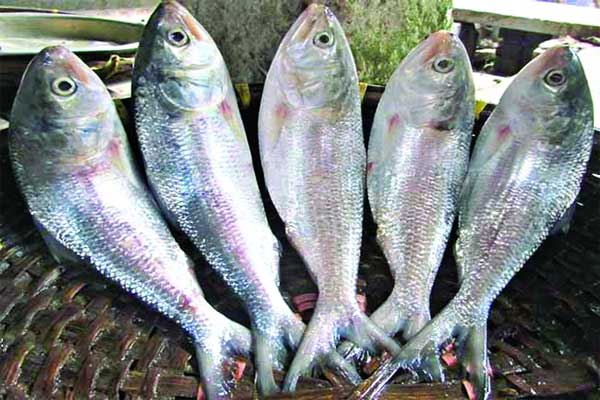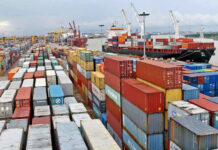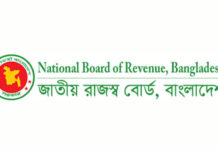Various steps were taken by the government – protection of mother Hilsa during the breeding season, protection of ‘jatka’, and good management have led to an increase in the production of all types of fish including Hilsa. Compared to the last fiscal year, the amount of Hilsa has doubled this year. The revenue received is crores more than last year.
1 thousand and 152.56 tonnes of Hilsa and 1 thousand and 581.36 tonnes of various marine fishes were sold in the second largest fish landing centre of Patharghata in Bangladesh in the 2020-21 fiscal year. And in the 2021-22 fiscal year, 2 thousand and 475.93 tonnes of Hilsa and 2 thousand and 324.21 tonnes of various marine fishes were sold in the landing centre. Due to the collection of revenue at the rate of Tk 1.25% from the price of fish sold, the revenue collected in the 2020-21 fiscal year was Tk 99 lacs 96 thousand and 656. In the 2021-22 fiscal year, Tk 1 crore 92 lacs 92 thousand and 329 has been collected as revenue. According to calculations, in the interval of just one year, more than 1 thousand and 32.37 tonnes of Hilsa came from the sea and river for sale in this fish landing centre alone.
To improve the quality of life of fishermen and the desired development of coastal and marine fisheries resources, poverty will be reduced through the distribution of alternative employment materials, infrastructure development, and training to fishermen through the large project titled ‘Sustainable Coastal and Marine Fisheries Project in Bangladesh in collaboration with the World Bank’. Apart from this, the Directorate of Fisheries is implementing the Hilsa resource development and management project to increase the production of Hilsa and make the development of this resource sustainable.




